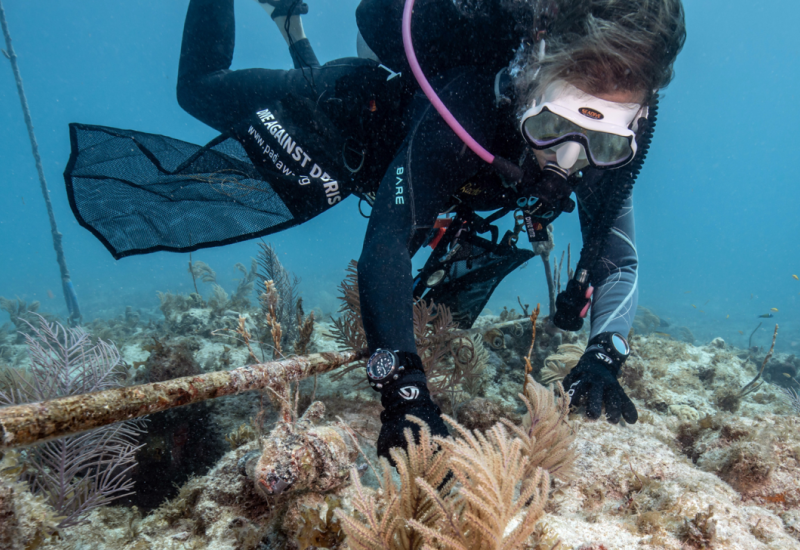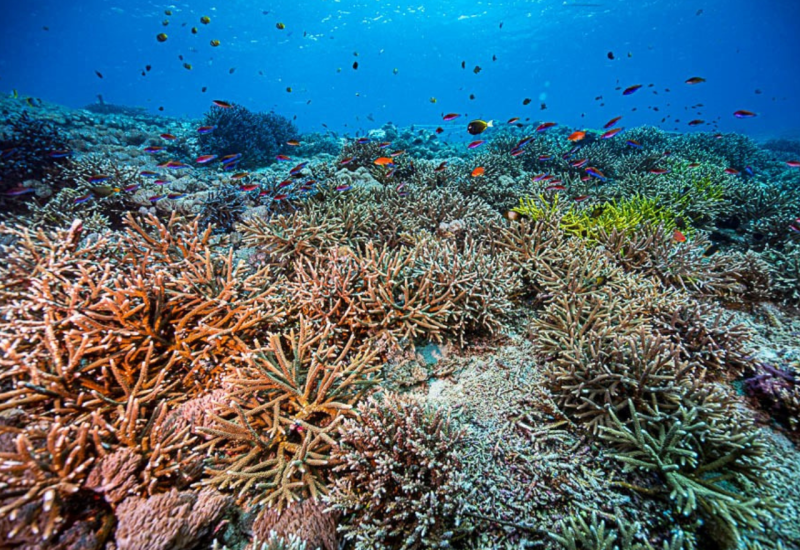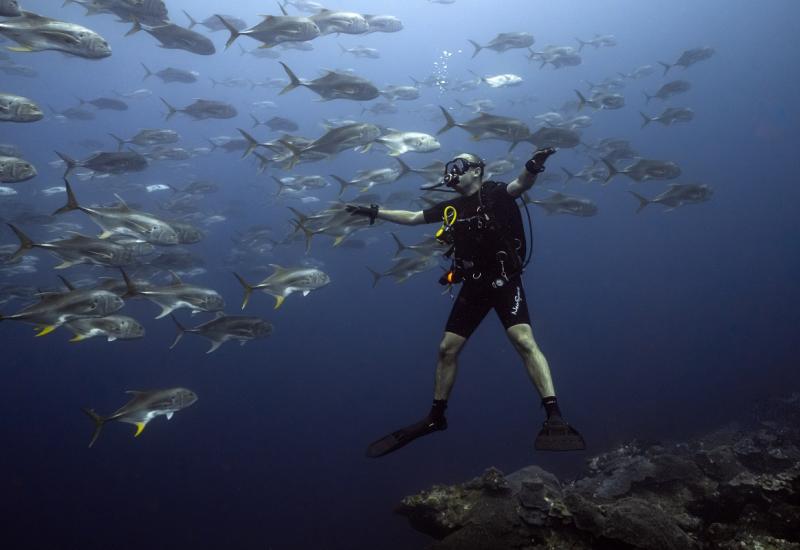8 Facts About Seahorses

Marevision/AgefotostockSlow swimmers, with only tiny fins, seahorses depend exclusively on camouflage to avoid predators.
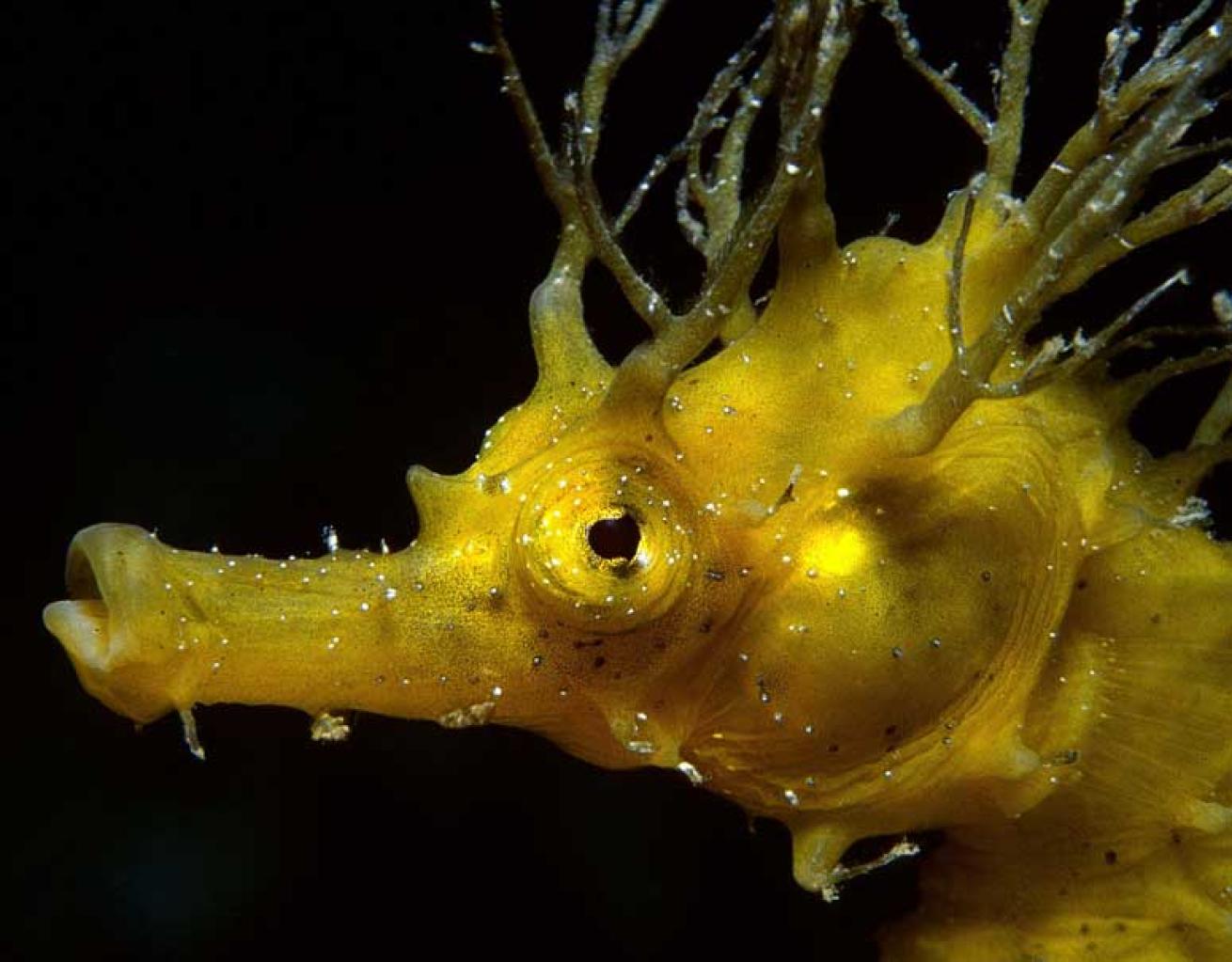
Wolfgang Poelzer/AgefotostockWith a horse’s shape, a monkey’s tail, a marsupial’s pouch, and the eyes of a chameleon, it’s no wonder many folks don’t believe that seahorses are actually fish.
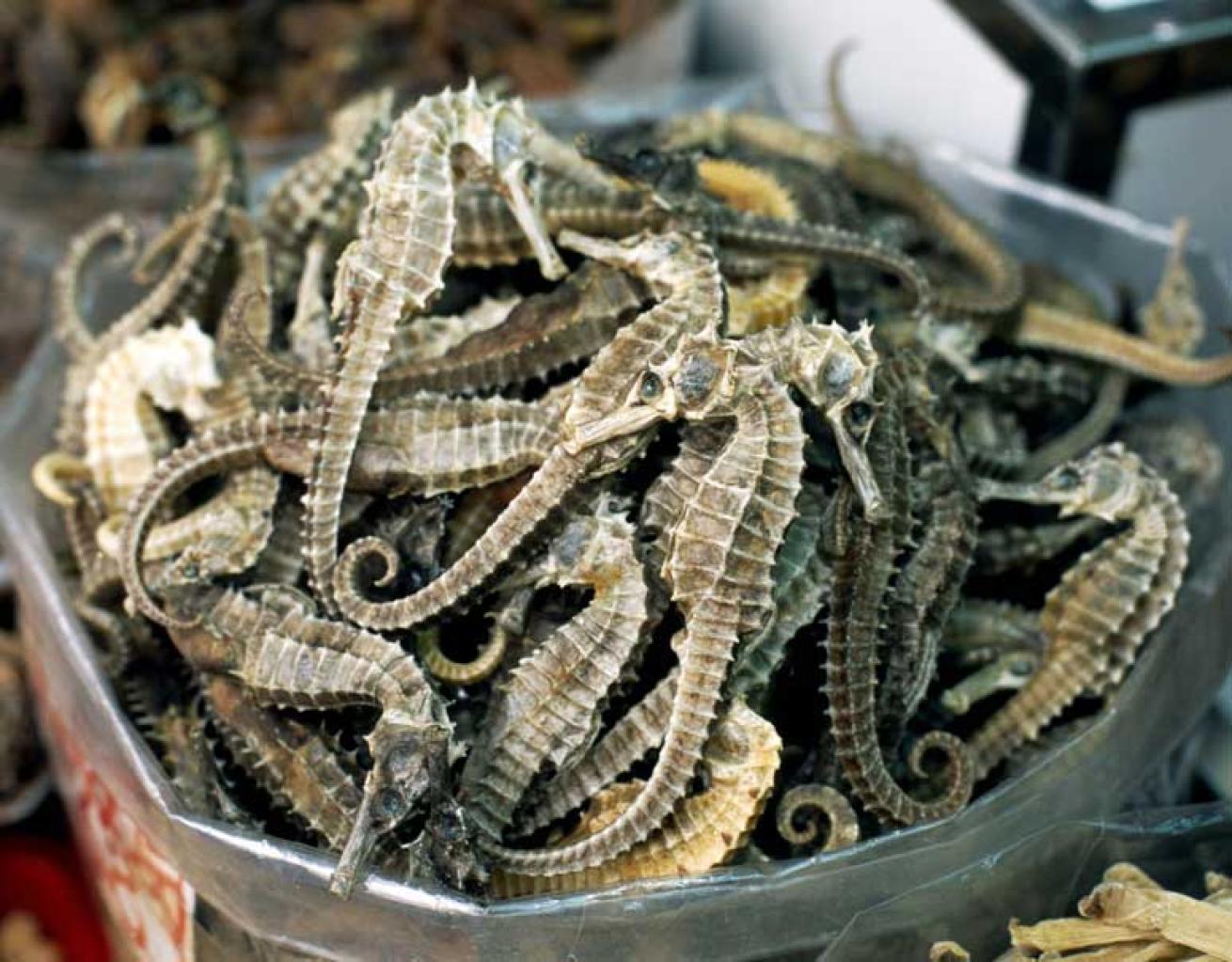
Norbert Eisele-Hein/Agefotostock24 million seahorses are estimated to be removed from the wild each year — primarily for Traditional Chinese Medicine and the aquarium trade. Several species of seahorses were granted international protections in 2004.

David EvansThe unique and distinct-looking body shape of seahorses is formed by scaleless skin stretched over an interconnecting set of bony rings.

D. P. Wilson/FLPA/Minden PicturesLacking a stomach, seahorses dine on tiny floating crustaceans almost continually.
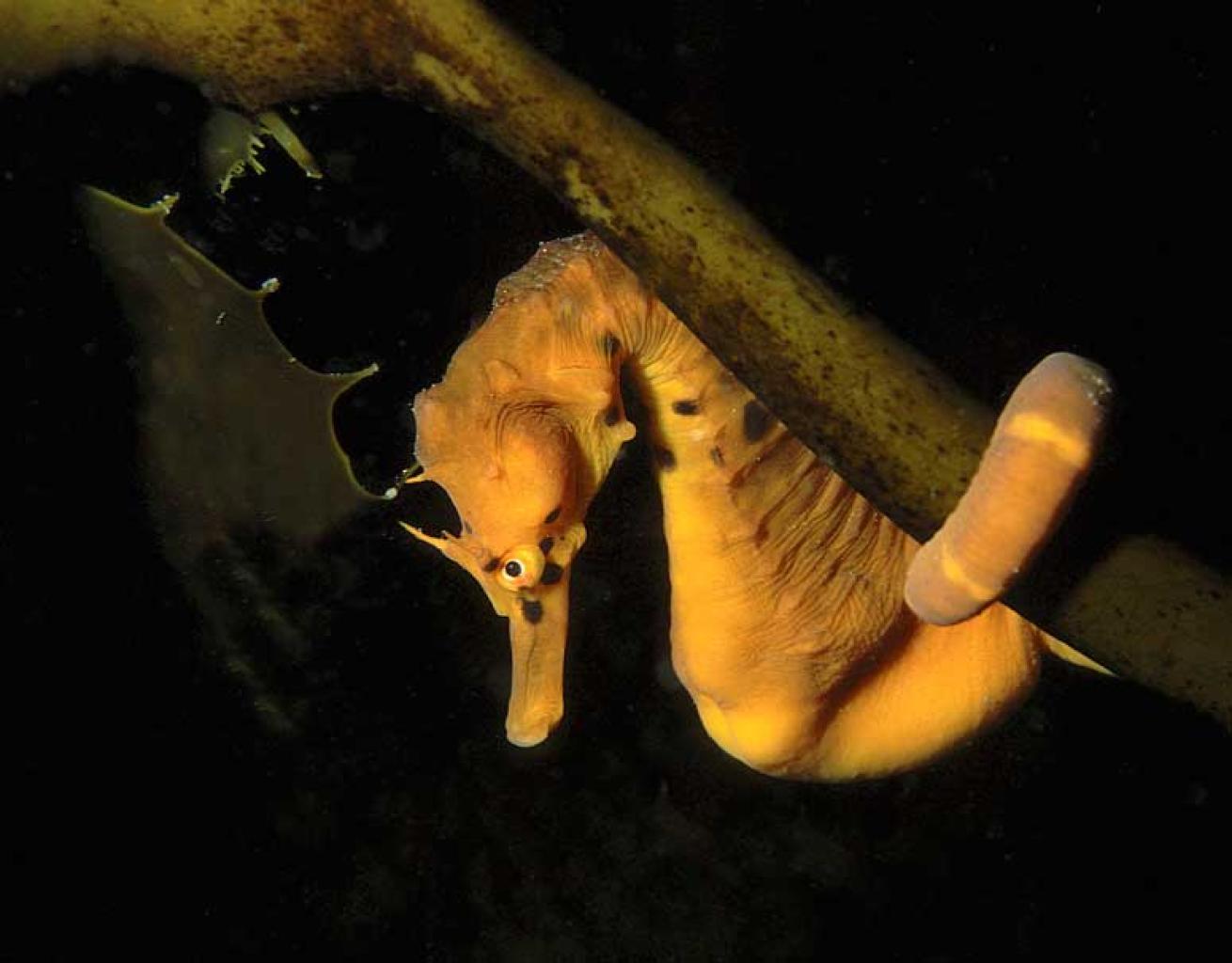
John Lewis/Auscape/Minden PicturesThere are currently a little more than 50 species of seahorses known to science, all in the genus Hippocampus, which translates roughly to “horselike sea monster."
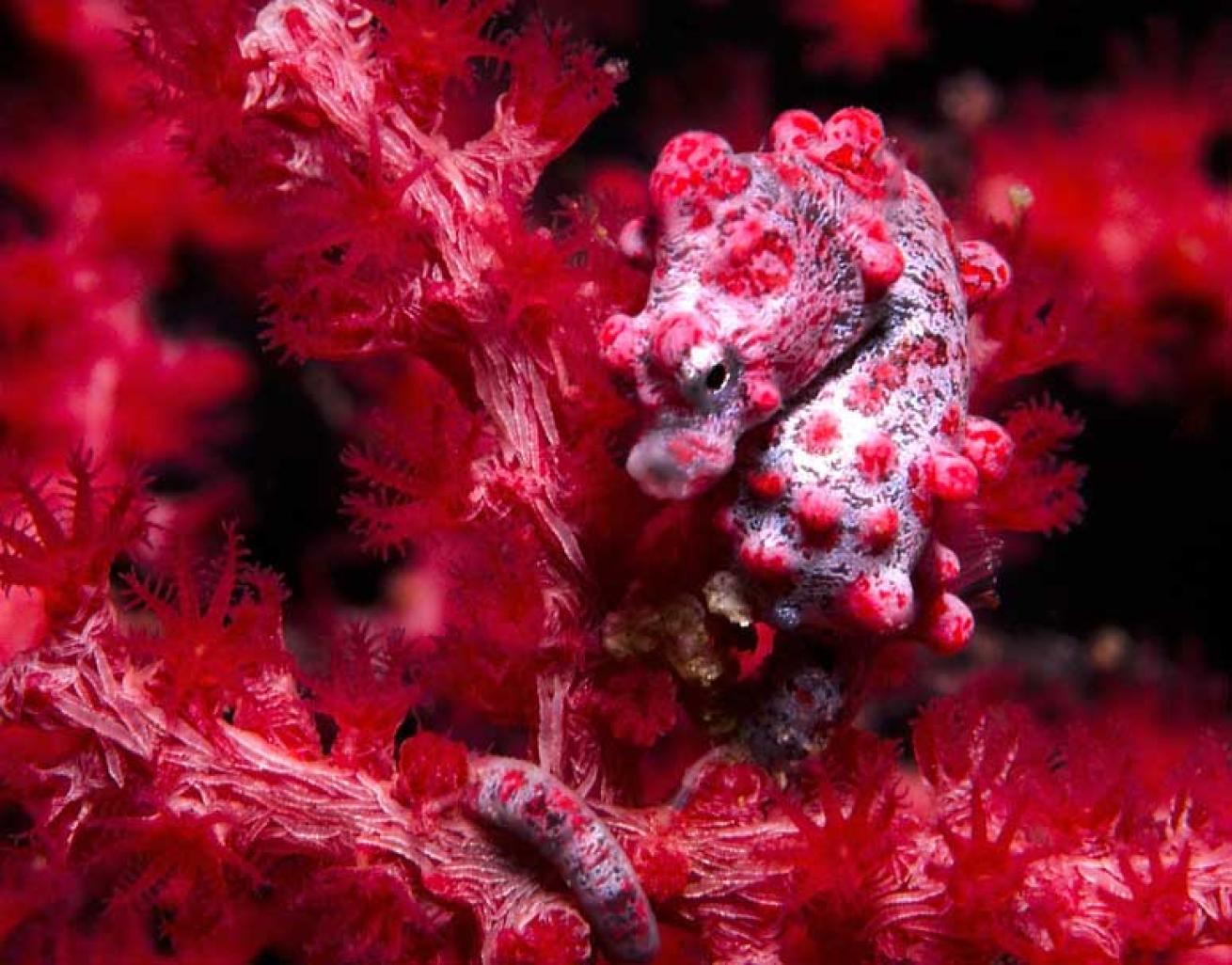
Imran AhmadThe first pygmy seahorse, the Bargibanti pygmy, H. bargibanti, was discovered in 1969 when a research diver brought up a sea fan specimen for a scientific study and found the 1.3-centimeter fish attached.
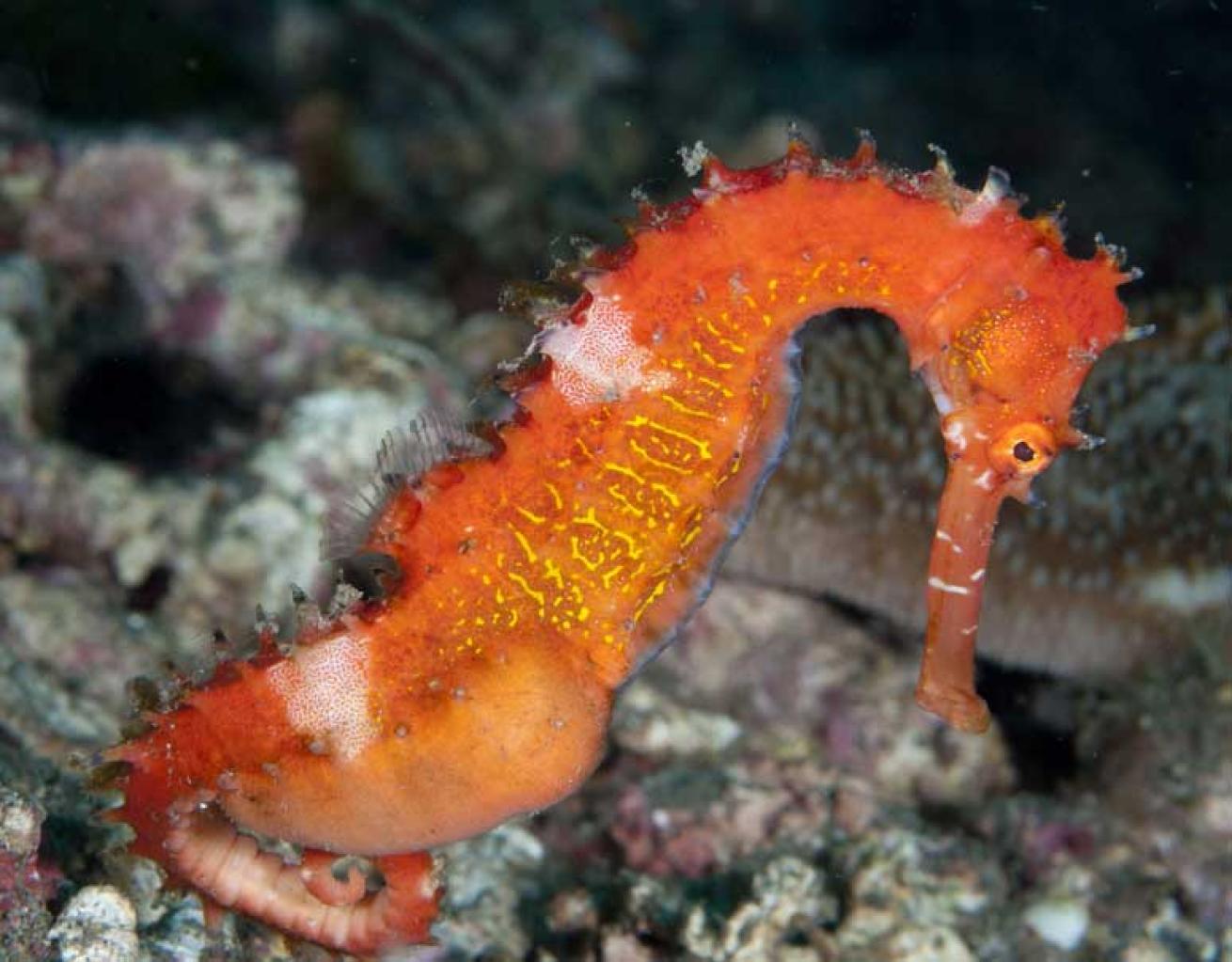
Colin Marshall/FLPA/Minden PicturesMale seahorses become pregnant. After the female deposits eggs inside her partner’s brooding pouch, tissue from the male surrounds the clutch where blood flow, salt content, oxygen, and nutrients are regulated.


